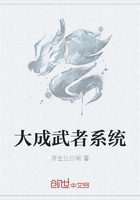"We have from time to time heard about the gas called carbonic acid," said Fred. "Teacher made some for us today. I"ll tell you how he did it, Norah.
"He put some small pieces of chalk into a bottle, which was fitted with a bent tube and a funnel. He poured enough water down the funnel to just cover the pieces of chalk, and then he added a little of a liquid which he called hydrochloric acid. Allat once a bubbling commenced round the pieces of chalk, and the bubbles rose up and burst on the surface of the liquid. They were bubbles of the new gas, carbonic acid. They came from the chalk.
"The gas first filled the bottle, and then passed away down the tube into some gas jars, one by one, standing on the table.""Then, I suppose," said Norah, "this is a gas that you can see?""No, it is an invisible gas," said Fred, "and we had to take teacher"s word for it at first that he had filled the jars with the gas. It was no use to smell it even, for this gas is odorless.""It seemed very funny to me," said Willie, "when teacher simply dipped the end of the tube in the jar, and presently said the jar was full of gas.""You see," said Fred, "this gas is heavier than air. If we had poured water into the jar, the water would have sunk to the bottom, and pushed the air out as it rose. This carbonic acid gas does just the same.""But how did you know there was carbonic acid gas at all in those jars, Fred?" asked Norah.
"I"ll tell you," said Fred. "Teacher took one of the jars, and poured into it some clear lime-water.""Oh yes, I know," said Norah. "The
lime-water turned white and milky- looking.""It did," said Fred, "and that proved the gas to be carbonic acid. "He next plunged a burning taper into one of the other jars,and it went out instantly. Then he put a piece of lighted candle in the bottom of an empty jar (I mean a jar containing nothing but air). We could not think what was coming next, but he took theother jar of carbonic acid gas, and poured it, as you would pour water, on the burning candle.
"The gas at once put out the light. Carbonic acid always does this. We now knew from the lime-water and the burning candle that the gas was carbonic acid.""But teacher made this gas in two other ways." said Willie. "He put a piece of burning candle in a bottle and closed the mouth. The candle burned for a little while, and then died out. When he tried the lime-water test, the gas in the bottle proved to be carbonic acid.
"We now know that burning of every sort always produces this same carbonic acid gas.""I think," added Fred, "you have seen me breathe into a tumbler of lime-water, and turn the water white and milky-looking? That proves that carbonic acid is given off with my breath. Teacher says that not only we, but all animals breathe out carbonic acid gas."SUMMARY
Carbonic acid is an invisible gas, without either taste or smell. It is very heavy, and can be poured out like water. It extinguishes a ?ame. Nothing can burn in it. It turns clear lime-water white, like milk. Carbonic acid is formed when burning of any sort goes on. Animals send out carbonic acid when they breathe.
Lesson 43















